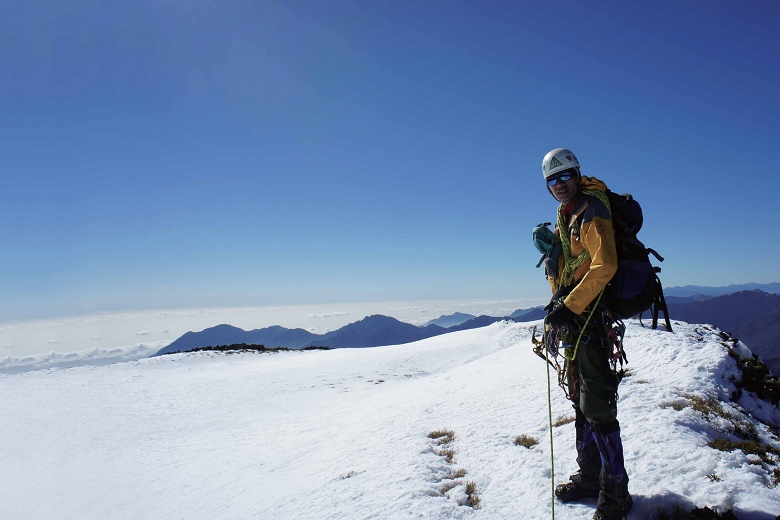
There is such a person
who would choose an unbeaten path,
and walk to its end,
where there is no way through,
but continue to hack a new path.
We call him ‘explorer.’
To mountain-lovers, Taiwan’s top 100 mountains are the paradise for mountaineering. This long cluster of ridges spread along Central Mountain Range toward the oceans. Around Nanhu Mountains are many glacier cirques, or ringvalleys, formed by unknown dramatic climate changes millions of years ago. They are not only a glacier Shangri-labut a gem from heaven.
Daniel Lien, the organizer of the World’s Seven Summits expedition project, is a born mountaineer with agility and perseverance. His passion for the mountains was inspired by his mountaineering-loving brother.
It all began with an old photo he once found of hisunrestrained elder brother. It was taken at Heping NorthRiver in Yilan, where his brother was tracing upstream, ready to heading into the Amazon-like primitive mountain area. That photo aroused his fervor for mountaineering andchallenging his own limits. “From then on, where there’s amountain, there is me,” Lien joked.
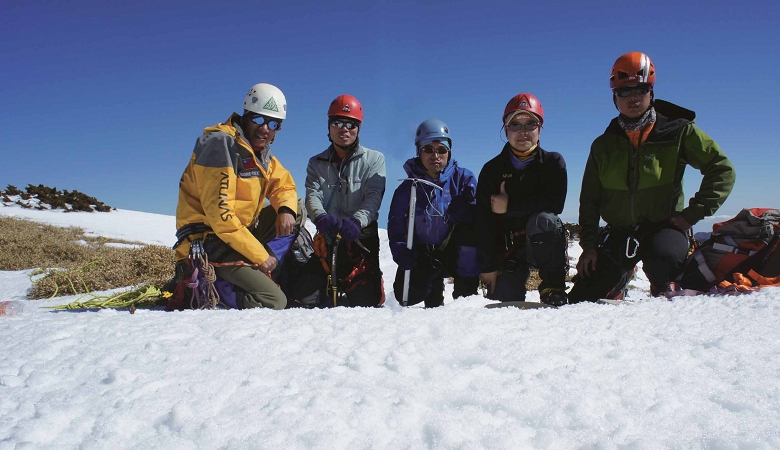
Interview & Text/Jane Chiu
Photo Provided by/Daniel Lienu
Translator/Kuan-yu Ou
Special Thanks to/Jun-an Wu, Executive Secretary of Taiwan Wilderness Education Association
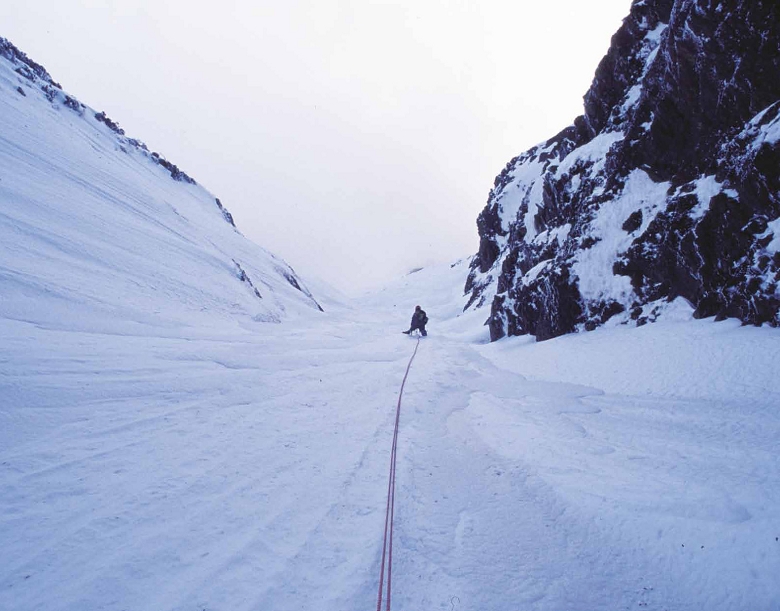
From 2005 to 2009, under the commission of an enterprise, Lien organized and executed the “World’s Seven Summits Expedition” project, in which the teamwould climb the highest peaks in 7 continents in 3 years. “All the members in the team were among the best climbers in Taiwan. At first they didn’t know each other and had disagreements, but they learned to collaborate andreached one peak after another, from Mt. Elbrus in Europeto Mt. Everest in Asia. It was through their consensus and consolidation that all this was made possible.”
Lien further explained that the team worked like a basketball team, with the climbers playing the role of the forward, the high mountain guide functioning as the center, and the rest such as the planners and coordinators as the guard. “My job was to avoid any foreseeable dangers and allow the climbers to concentrate on achieving the goals,”said Lien, who had helped realize the dreams of the climbers and his own: raising the national flag of R.O.C. in the world’s highest peaks and demonstrating the perseverance of the Taiwanese. The feat was also a touchstone for his daring to dream big.
“All that is needed is a bit more courage.” This is Lien’s philosophy toward life.
As the first prize winner of modern poem category in the 2nd Eco-Literature and Reportage Awards in 1999, Lien has been a romantic poet as well as a self-challenging warrior. He and his then- fiancée planned this “Central Mountain thru-hike wedding,” and started off in August 2002, accompanied by two former junior schoolmates, from the south end of Central Mountains heading north, hiking through forests and ridges.
“It’s difficult for most people to imagine how hard a thruhike could be. You have to carry 40-some kilos of baggageas you chop your way through and figure out where you should be going while risking your life and enduring all the wind and rain,” Lien said. “More than half of the 50-day journey were rainy days. Particularly at the so-called‘Nan-san-duan’ (the three sections at the south) in Yushan National Park, the pouring rain was so bad that we almost gave up. Then a friend of ours came all the way from the city and brought us food and supplies, and hiked with us for along part of the rest of the trip. We were so moved by his warm support that we decided to overcome whatever lied ahead and hang on to the end.”
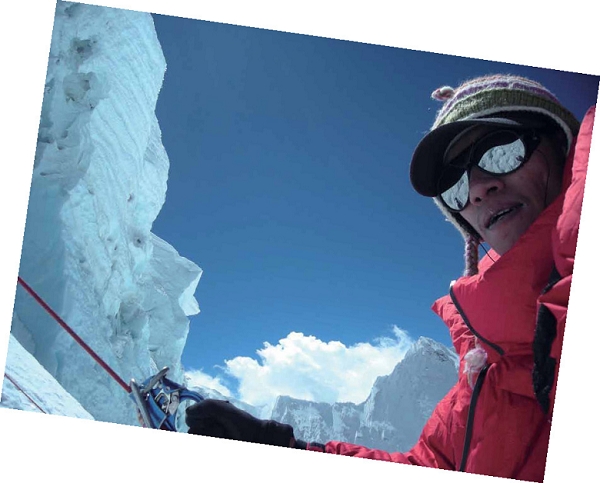
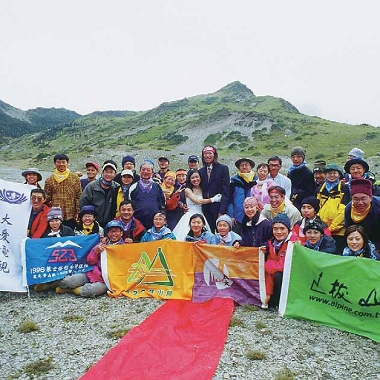
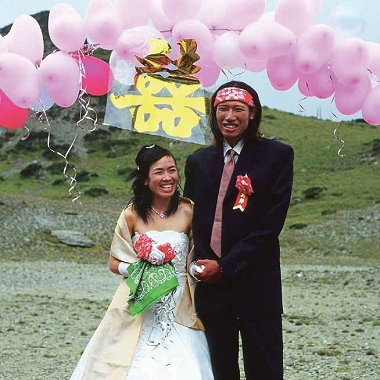
At nightfall, the quiet and desolate ring valley at Mt. Nanhu was dimly lighted up by the starry sky. “On the wedding day our friends carried all those balloons, food, suits and gowns to meet with us at the valley,” said Lien. To echo the movement of LNT (Leave No Trace), all the guests sat on the ground and used stone slates as dining tables. They even stamped the balloons in place of setting off firecrackers. Witnessed by friends and family, Lien read his wedding vows to his love. “Her tears all welled up when she heard it.”
The Greek poet Homer considered courage a fearless, adventurous spirit which is also characterized by imagination and momentum. And Lien would add that courage is also the source of creativity. Innovations and breakthroughs will be impossible if people always confine themselves and never dare to venture. Lien gave an example of himself. He once went mountaineering at Heping North River behind his mother’s back, and got loss during part of the hike, but remained calm as he spotted traces of wild animals and knew he was not alone.
What he was trying to say was that, like his mother, most parents in Taiwan would discourage their children from getting close to waters or going mountaineering in order to stay safe. It’s true that mountaineering comes with certain risks and dangers, but, Lien believed, that’s also what makes this type of adventure so special and memorable.“Only when you go through those gusty winds, stormy snows, bitter cold and the anoxia will you feel its powerful charm.”」
Lien had climbed the mountains in Africa, Tibet, Nepal and Pakistan, where he saw magnificent glaciers and desolate lands but with hardly any wildlife. By contrast, in Taiwan, mountaineers fortunately enjoy the opportunities to spot numerous wild animals such as black bears, serows, wild boars, macaques, blue pheasants, etc., a fact that makes Taiwan a unique and superb place for mountaineering.
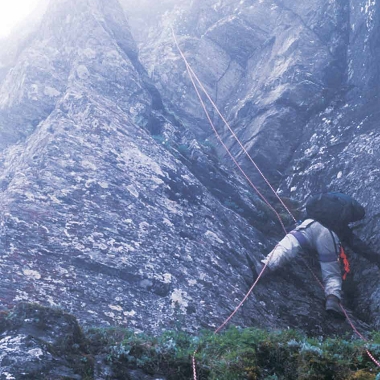
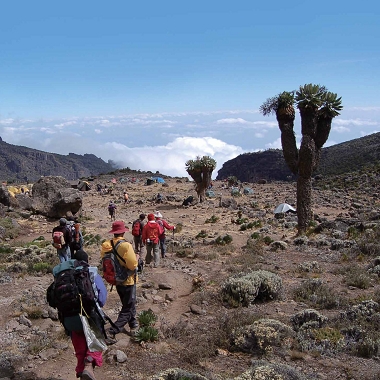
To promote this advantage and encourage people to appreciate this world-class mountaineering environment, Lien suggested, the resources of Taiwan’s education administrations and national parks must be better utilized and a more positive attitude toward mountaineering must be cultivated. “Schools may encourage students of different grade levels to join different hiking programs and activities. Colleges may also provide one- or two-month-long wilderness education programs as an option for academic credits. Besides, Taiwan’s national parks may improve the structure of the existing mountaineering schools as well as their policies, goals and management, and emulate some mountaineering schools in France and in the U.S. in training talents and teachers. They could also simplify the procedures of applying for high mountain activities. National parks should not just passively manage and conserve natural resources but actively utilize them to promote meaningful activities and spirit of outdoor exploration.”
Taiwan boasts large areas of mountains and forests aswell as magnificent landscapes, relics of alpine glaciers and relic plants and animals of the ice age. Such precious natural and ecological environment should be well treasured and protected, and at the same time be more frequently enjoyed and taken advantage of for refreshing modern people’s souls.
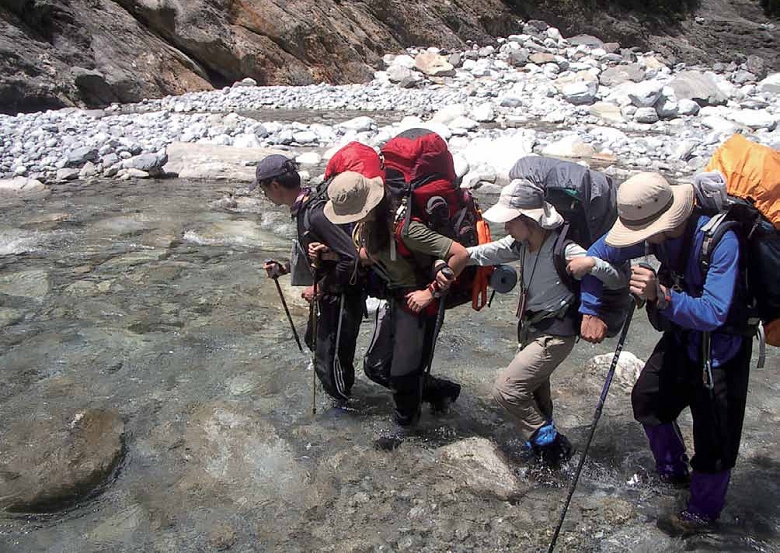
![]()
Lien organized and executed the Seven Summits expedition project, and had been the captain of a climbing team for Mt. Kilimanjaro, and the manager of a climbing team for Cho Oyu and Mt. Everest. Formerly the chairman of Taiwan Wilderness Education Association, Lien had also been the farmer for paddy rice and pears in the natural farming project provided by“ Rainbow and Sun Field Workshop,” and had been the project manager of Atunas’ “Fourteen 8,000-m Peaks Exploration” project.
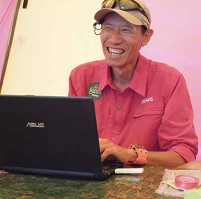


![Text size [Small]](/media/system/images/font_small.jpg)
![Text size [Medium]](/media/system/images/font_normal.jpg)
![Text size [Large]](/media/system/images/font_big.jpg)




